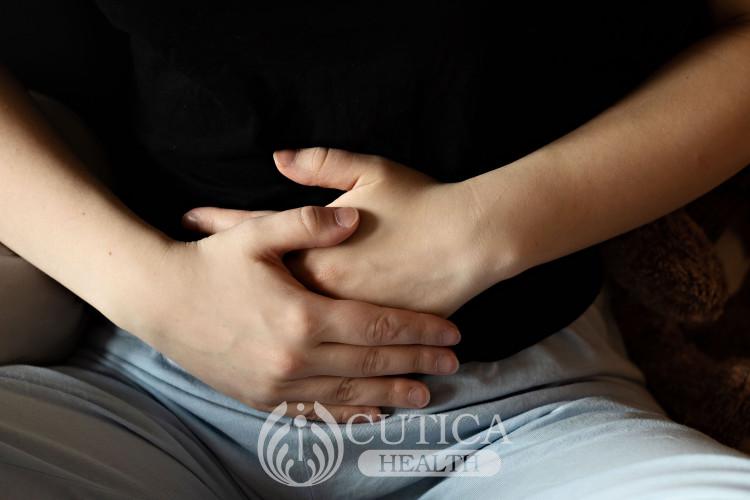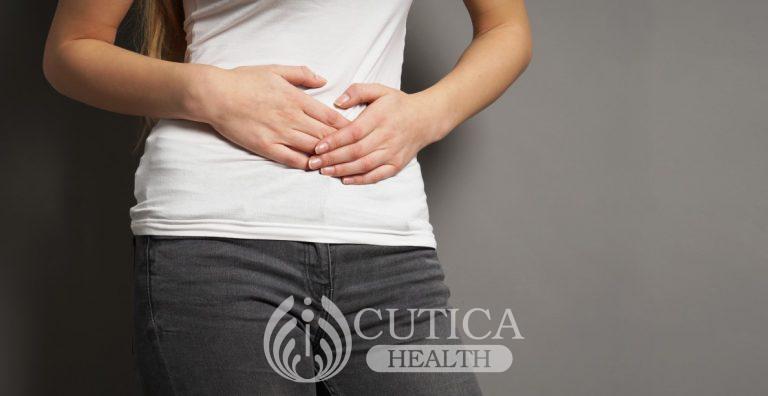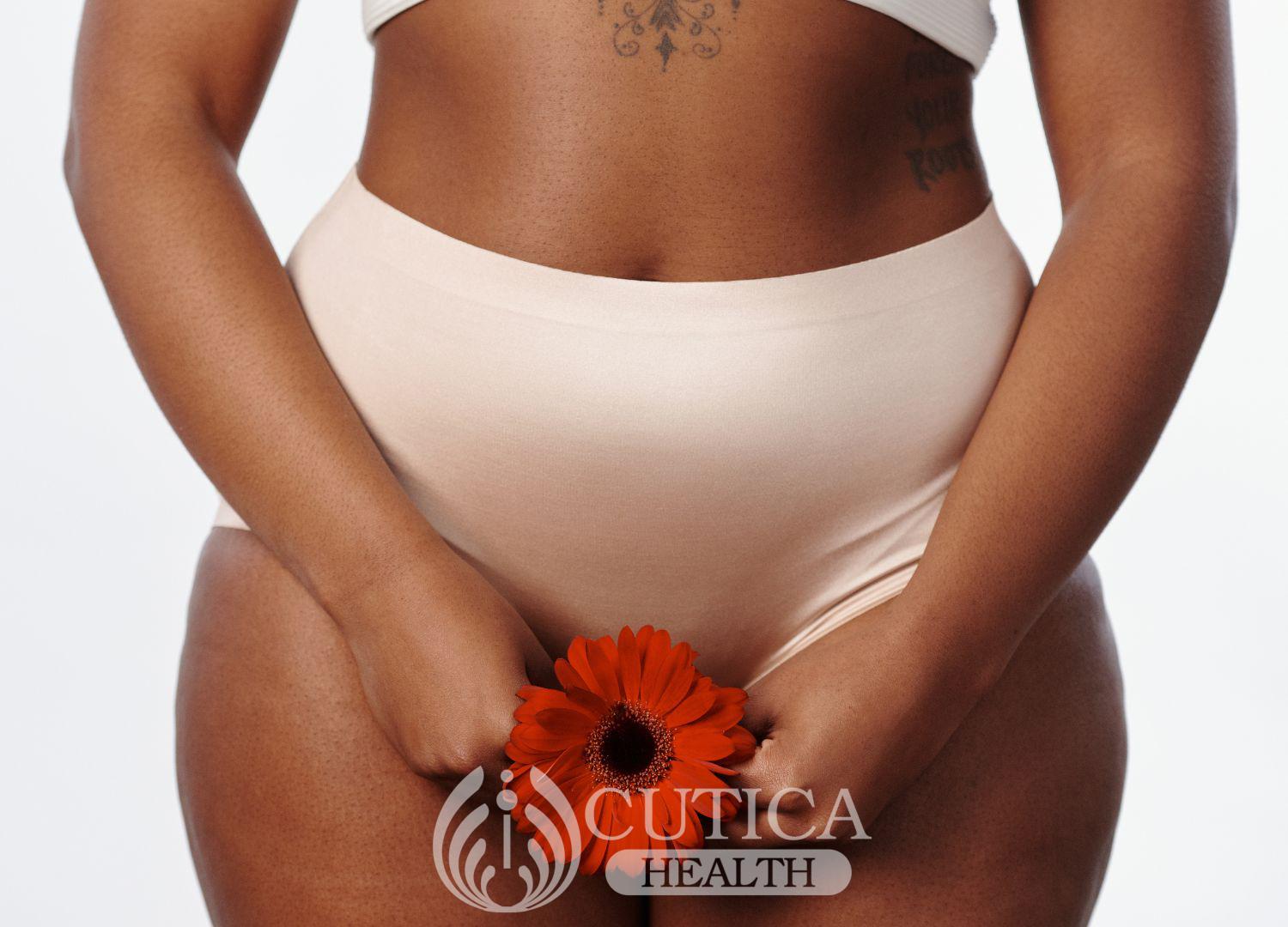
Menstrual cycles vary from one female to another. While some experience little or no pain at all, others go through intense pain. But for females with Endometriosis, intense might not quite qualify the enormity of the pain. Below is the account of someone in her mid-20s, who has the condition.
The pain cuts deeply into me every month, and the next month seems worse than the previous one. This pain started shortly after I reached puberty, and it is certainly not the kind of pain to close one’s eyes to or breathe through. Even amidst calming voices, I can’t feel calm. Most times, it feels like my womb has been set on fire, with a group of miners breaking the walls of my womb, and some bakers kneading my muscles violently.
My heart squeezes in pain as it sends blood so fast to reach my pelvic region (or so it seems). At that moment, my prayers are no longer silent but are more of a desperate cry.
“I should not have taken any sugar this month,” I chastise myself for the umpteenth time, while I groan deeply as another ‘contraction’ hits me forcefully.
“Would this pain kill me today?”
“Should I just get my womb removed and get it over with?”
“But I look forward to having kids one day, I can’t do that”
All these thoughts cloud my mind until I can’t take it anymore, and I have to be taken to the hospital.
Apart from the pain in my lower abdomen, the right side of my back joins in every now and then, making my suffering all the more unbearable.
What is Endometriosis?

It is a disease where Endometrium, which is the inside lining of the womb, grows outside it. The most common places where this tissue ‘migrates to’ are the ovaries, fallopian tubes, and tissues of the pelvic region which corresponds to the lower part of the abdomen. In rare cases, the tissue is found in other sites of the body. Endometriosis mostly affects women in their 30s and 40s.
Causes of Endometriosis
Though the causes of this disease are not known, there are suspected risk factors associated with it.
These are:
• Having a mother, sister, or daughter with endometriosis.
• Some people have suggested that endometriosis is linked to retrograde menstruation, in which some menstrual blood flows backwards instead of straight out through the vagina.
• Having an abnormal uterus may be a risk factor
Endometrial tissue responds to female hormones regardless of its location. As a result, endometriosis symptoms worsen during menstrual bleeding.
Signs and symptoms

These differ from one woman to another. One the most common symptoms is pelvic pain, which can manifest as severe menstrual pain, pain while urinating, and pain during sexual intercourse. The condition can also cause infertility if it damages the ovaries, fallopian tubes, or other components of the reproductive system. Other women have very heavy periods.
Since abnormally located endometrial tissue bleeds during menstruation the same way as tissue in the normal lining of the womb, women with endometriosis outside the pelvic region can have cyclical symptoms in the part of the body where the tissue is located. This is less common. Some women experience symptoms such as vomiting and diarrhea if the bowels are involved.
Treatment

Women with symptoms of endometriosis should see a gynecologist for expert care. Special investigations may be needed to confirm the diagnosis. Potential treatment modalities include:
1. Use of hormones such as combination hormones in birth control pills, progesterone alone, or even a derivative of the male hormone, testosterone. A specialist is in the best position to help determine the best option.
2. Surgery to remove the endometrial tissue from unwanted sites.
3. Total removal of the womb for women who do not wish to conceive.
In addition, pain killers can be used for relief, along with activities that may assist in coping with the discomfort such as regular exercise, warm baths, and placement of hot water bottle on the painful abdomen.












